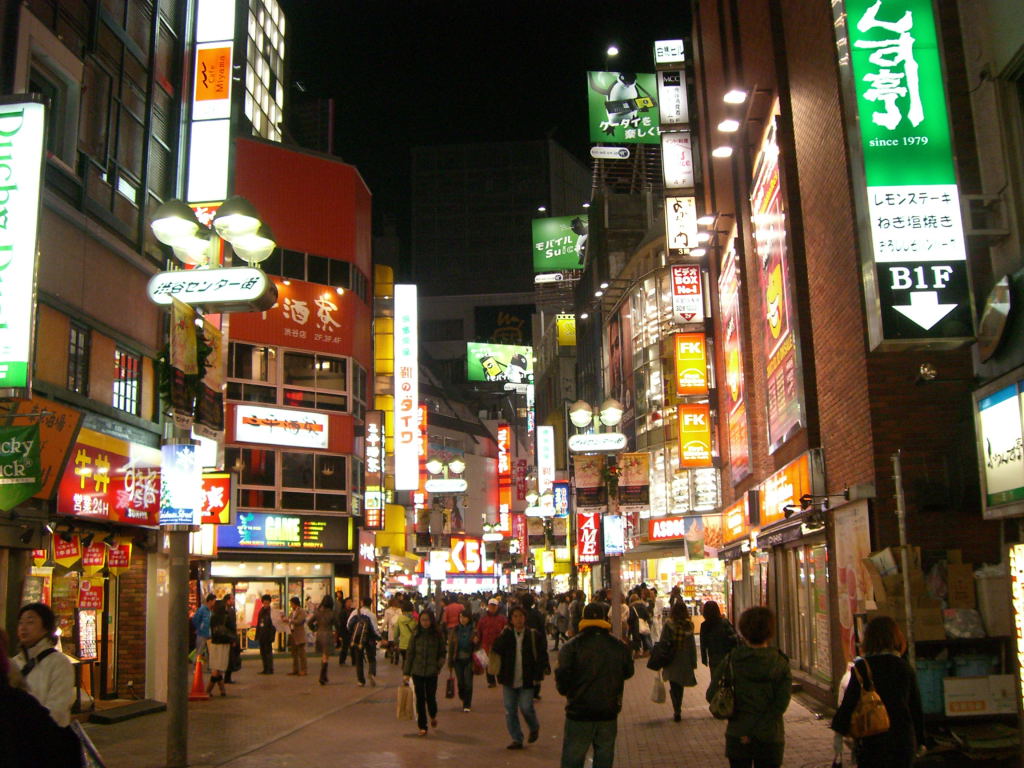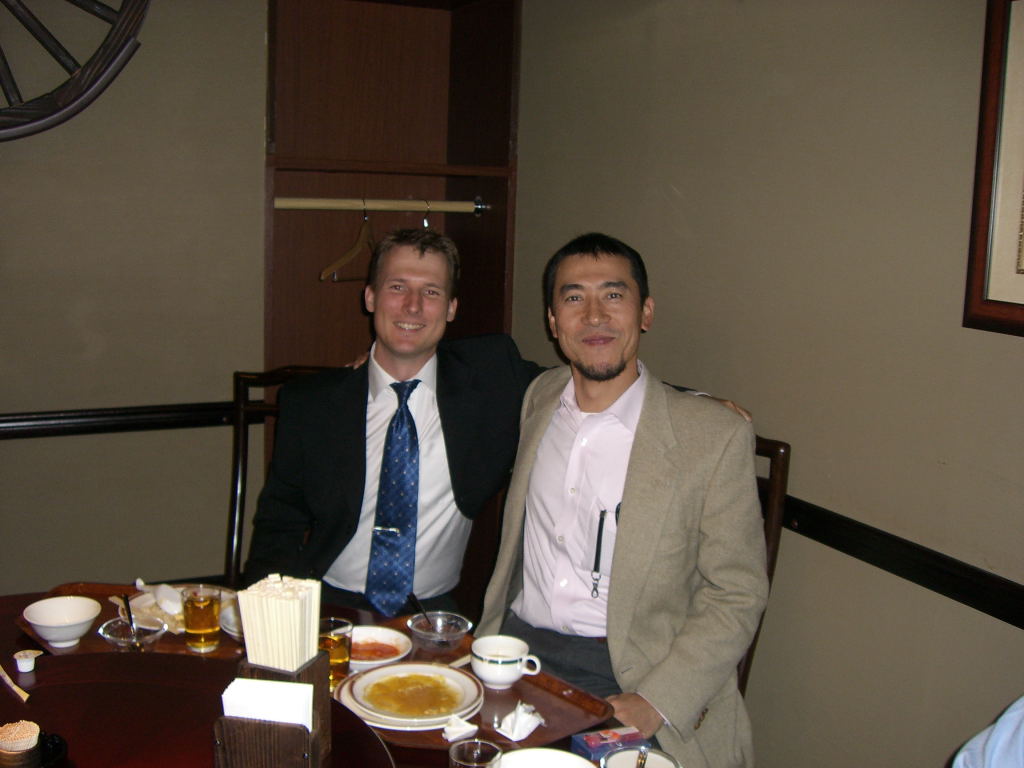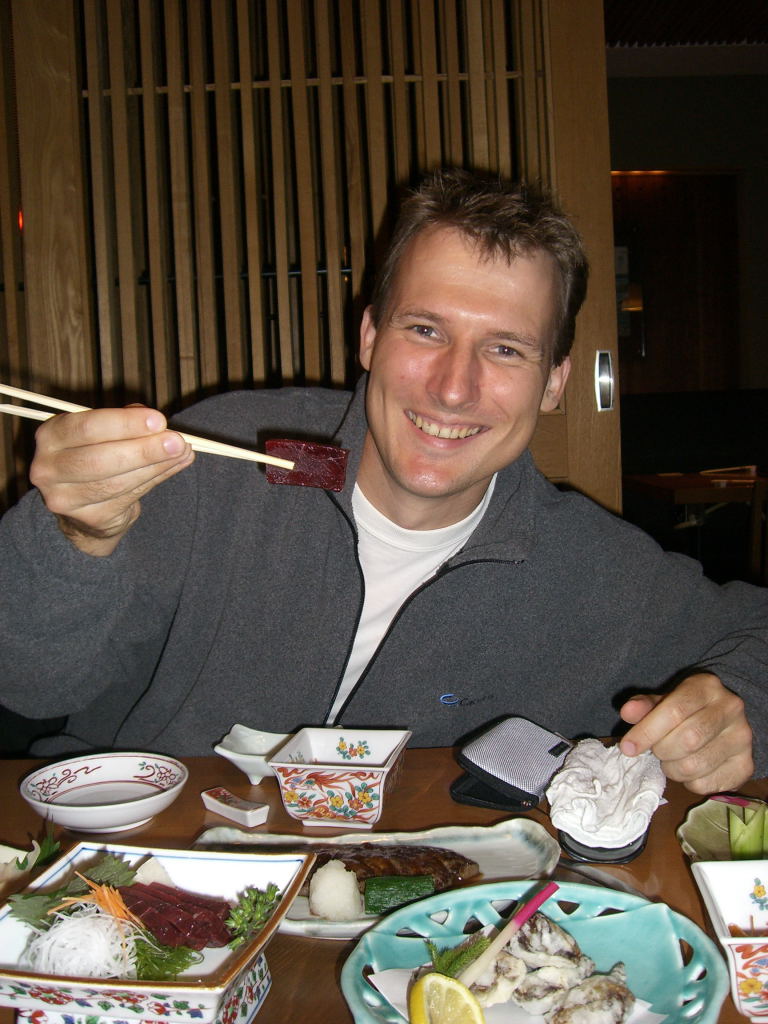This week I am in Tokyo for work visiting a couple of partners and also giving them some training on some of our internal solutions that they would like to sell.
I love visiting Tokyo...it is like Disney land and everything is just so slightly different. Like for instance the toilets have all the buttons on the side. Yesterday I saw one with a volume control and a "flush noise" button. I couldn't help pressing it...and yes the toilet did make very realistic sounding flushing sounds. I am unsure under what circumstances the sounds can be useful...another mystery that I may be able to solve one day.
In the hotel I also tried all the other buttons and it is kind of cool with all the sprinkling water (heated to body temperature), but I still haven't found the button for the 'but' dryer.
 Click here to see video of Tokyo Square in Shibuya
Click here to see video of Tokyo Square in Shibuya
We visited one of our partners customer service centre and that was like watching a movie. They had big wall-to-wall screen showing that status of all the various sites, latest news tv, weather forecasts...or anything else that could be relevant to them running their operations. The walls were liquid crystal walls and by the flick of a button they could make the whole wall transparent and the next minute they would have the latest status projected onto the walls instead...unfortunately they wouldn't allow me to take a photo.

Masaru and I also went to a whale restaurant in Shibuya...we tried Whale Sashimi, Whale Tempura, Whale Skin, Whale Bacon, Whale tongue, Whale Beef and Whale soup (I only ate it for Scientific Purposes). It was all very delicious and the Whale Sashimi (raw whale meat) was definitely my favourite.


For lunch today I had a really nice baby clam soup...very unusual and very nice.
In general food is really nice and there are some unusual places that specialise in their small niche markets...for instance the lunch place that specialises in 'Lemon Detox lunches'. Compared to the food in Sydney this is a magnitude better.
The hotel I stay at is in Shibuya which is the area in Tokyo that is very famous with all the lights and screens...it is a very hip area where all the teenagers are wearing the latest fashion and have funny hair. My room is a lot bigger than the one I stayed in last time I was in Tokyo...in this one you can actually walk around the bed and it has got all the features you would normally expect from a western hotel room. And they serve a really nice bacon for breakfast...I bet it is Danish bacon.

We also took the peak hour train in the morning...man those trains are fast and they are packed so tight that it is impossible to move let alone raise your arms.
Being in Tokyo also means very long working hours. People here start working around 9am in the morning and seldom leave work until after 9pm. It is still the musical chairs with meeting rooms, the deadly silence in the offices, hot working environments etc.
One evening we went out with our partners...which was a big introduction to japanese customs. We went out for a late dinner after work a big group of us and when they have dinner then a lot of drinks were served. This was a chinese restaurant so we were drinking some chinese type of wine that tasted like bitter Kahlua. After dinner we went to this drinking place which was really weird (and slightly uncomfortable but interesting). They pay an entry fee of around 3000 Yen ($30 AUD) and you then get to sit down with a girl that serves you drinks and who you can have conversation with (and conversation only).
You cannot choose the girl and I guess this is the modern form of the Geisha...and a cheaper way of talking about your problems at work or with your wife than visiting a psychologist.
I really like visiting Tokyo...but I don't think I could live there (too controlled). It is really interesting to visit especially in a working capacity as you see all the funny differences in lifestyle, work, objects and opinions. Most of the time it is a really good laugh...like when one of the guys asked if he could take a picture of me because he told his wife that he was working with a foreigner that looks like Tom Cruise (I told him that Tom is a full head shorter then I am).
We had an earthquake while I was there. The whole building started swaying from side to side...I was looking at the Japanese guys are they were calm so I thought that there was no reason to panic. Apparently it happens all the time there.
Click here to see more photos from TokyoHere is some more photos from the trip.


